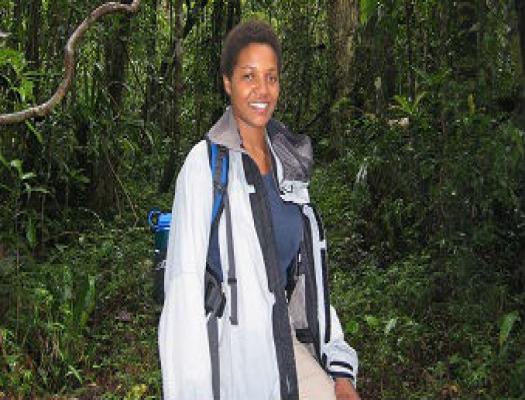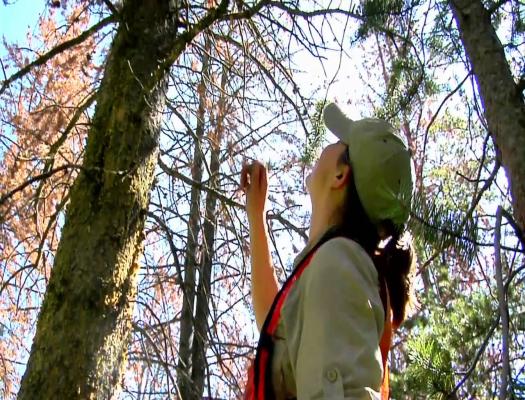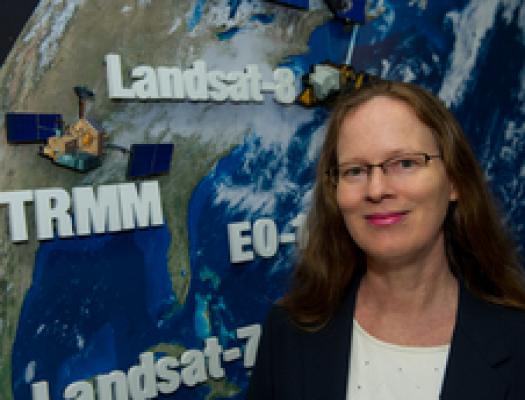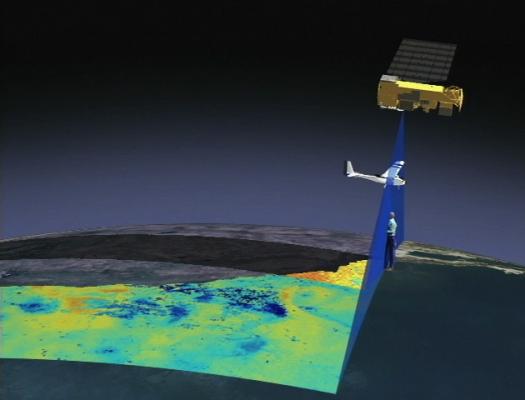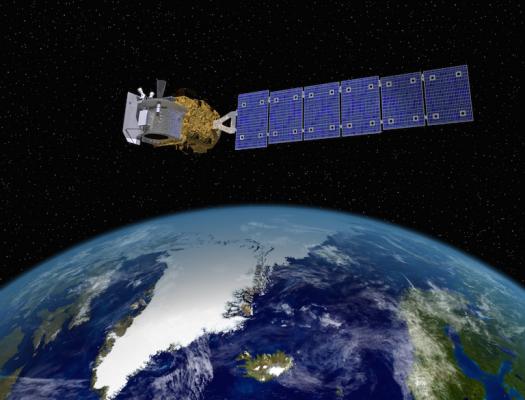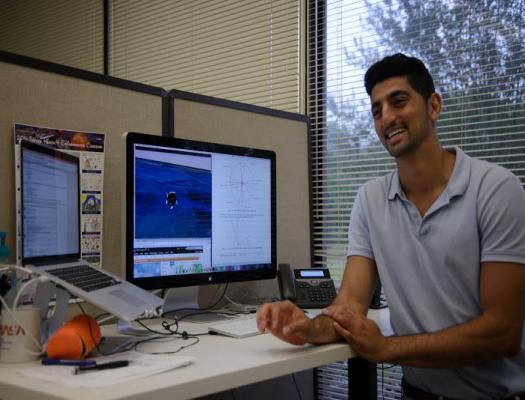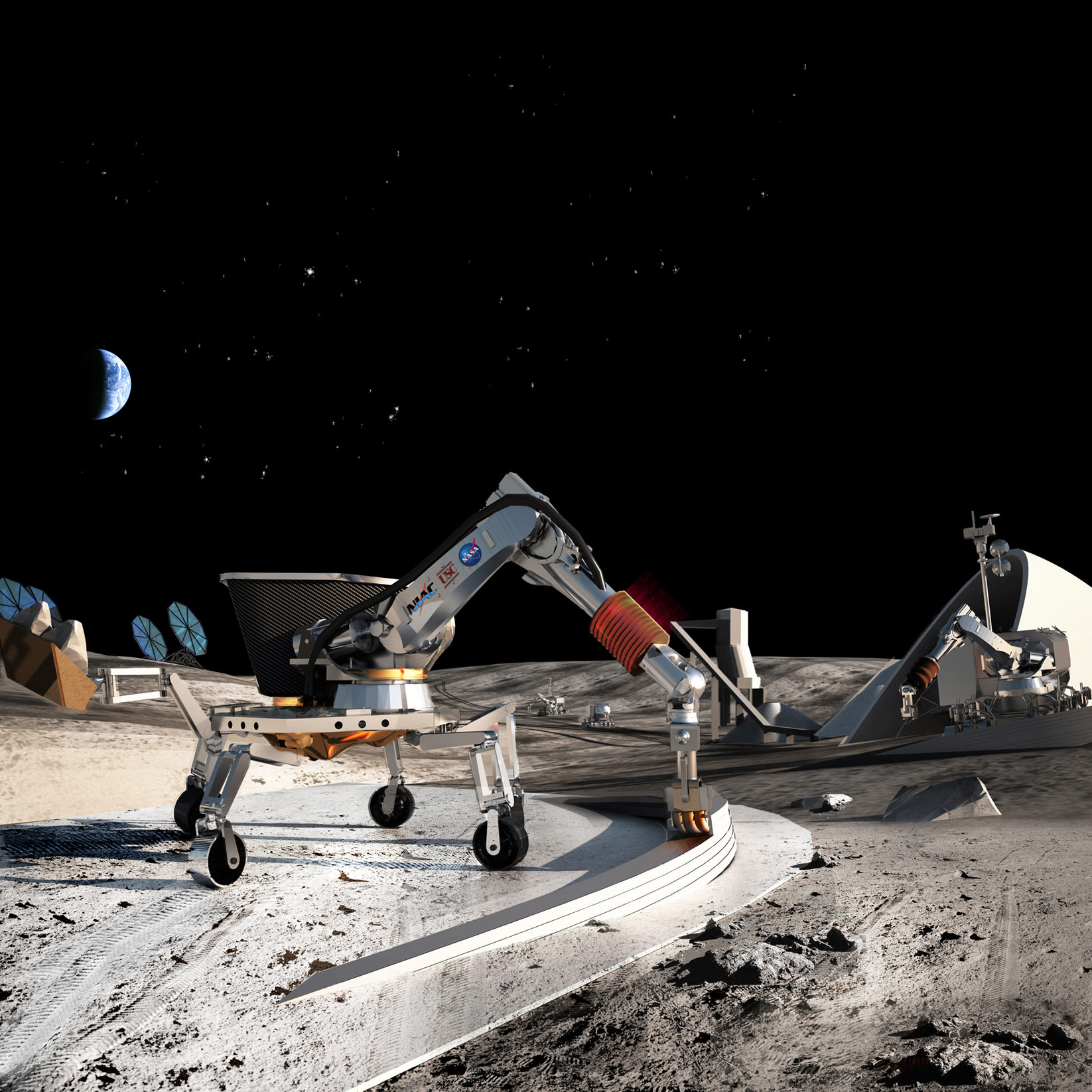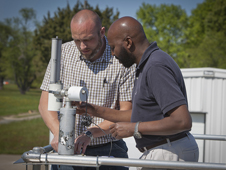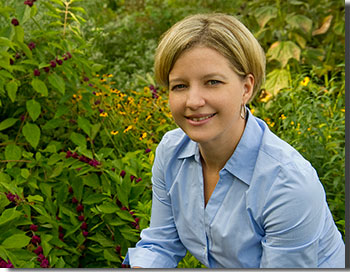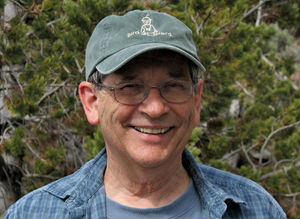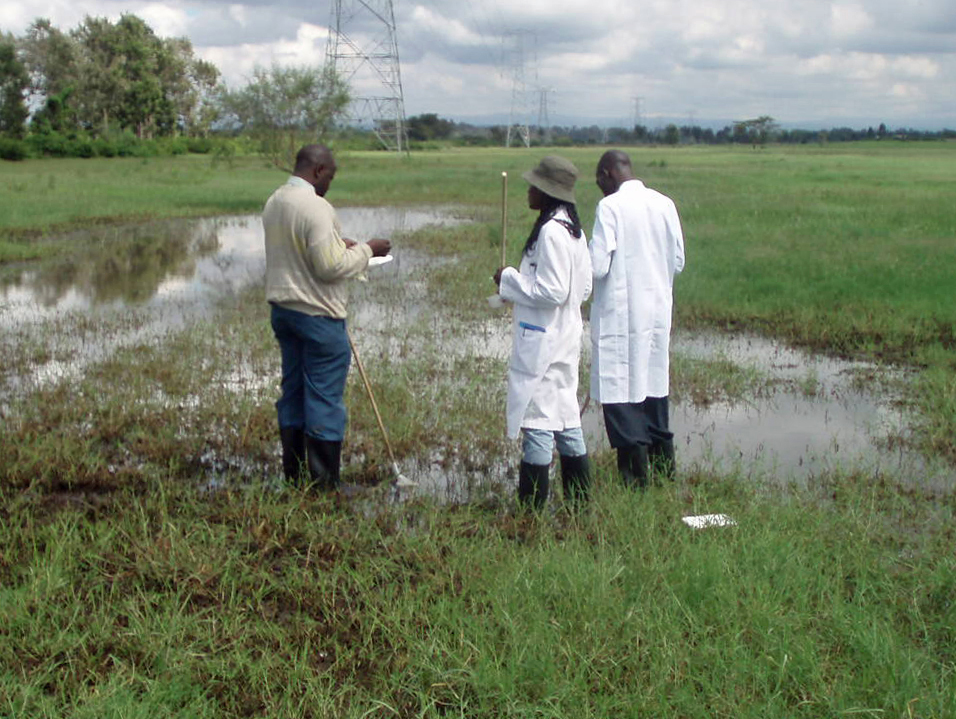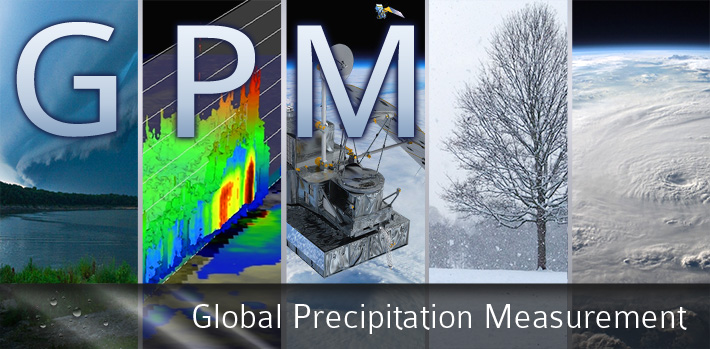This video addresses the following question: "We know that science is very much an iterative process. Can you describe for us your process for developing your follow-up questions after you have interpreted a set of data?"
loading Biosphere...
Featured STEM Career Connections
Mathematical modelers use mathematics to create models that demonstrate complex processes or solve problems. Many mathematical modelers use their skills to create and animate 3D representations of their processes with the assistance of software technology.
A geotechnical engineer is a type of civil engineer who focuses on the mechanics of the land, rocks, and soils in the building process.
Soil scientists study the physical and chemical properties of soil. A soil scientist reviews the distribution, origin, and history of soil and plants, as well as identifying, interpreting, mapping and/or managing soils. This field is commonly applied for agricultural purposes.
Atmospheric scientists study the weather and climate and examine how those conditions affect human activity and the earth in general. Most atmospheric scientists work indoors in weather stations, offices, or laboratories.
Learn about how Janine Pollack, an Environmental Engineer, got her start at NASA and the kinds of work she does as an engineer.
Check out how Dr. James Smith, Research Scientist at Biospheric Sciences Branch at NASA Goddard Space Flight Center researches changes in the Biosphere using remote sensing techniques.
Learn how Dr. Anyamba, Research Scientist at NASA Goddard Space Flight Center, Biospheric Sciences Laboratory explore how Earth's Biosphere and Geosphere respond to climate variability.
Data scientists work with data captured by scientific instruments or generated by a simulator, as well as data that is processed by software and stored in computer systems. They work with scientists to analyze databases and files using data management techniques and statistics.
Mechanical engineers design, develop, build, and test mechanical and thermal sensors and devices including tools, engines, and machines.


